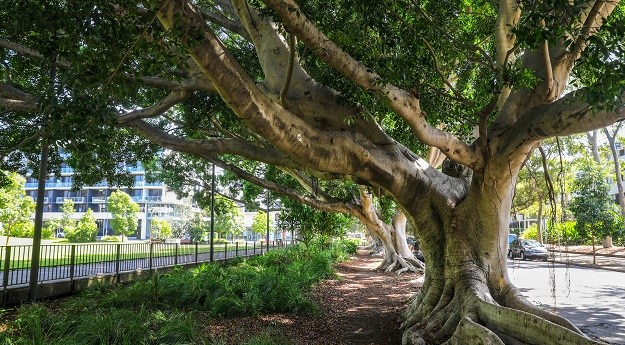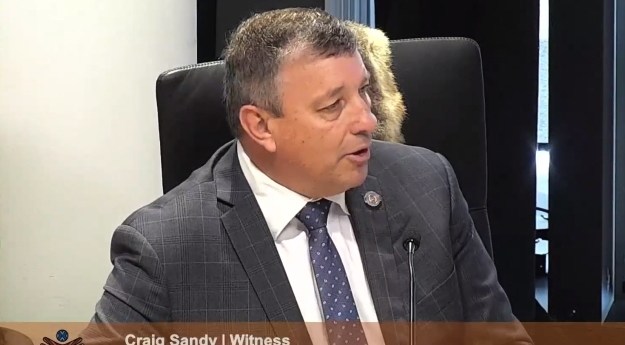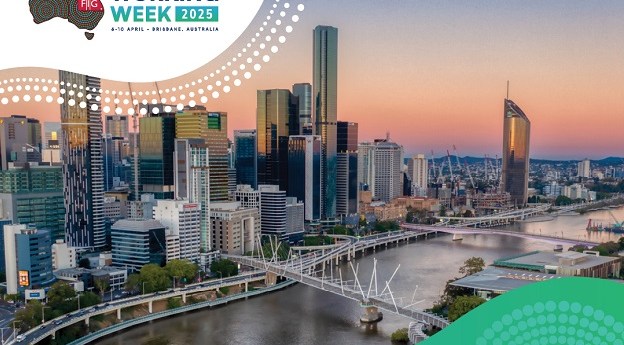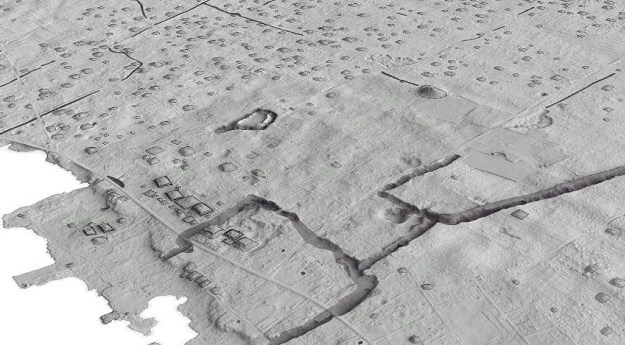
A woman from Singla village extracts her belongings from the rubble. Copyright: Asian Development Bank (CC BY 2.0)
This article is an extract from the upcoming August/September issue of Position magazine.
On 25 April 2015, a 7.8 magnitude earthquake devastated Nepal, claiming over 8,800 lives, injuring over 9,000 and drastically affecting millions of others. A week after the initial quake, a research team at the University of New South Wales (UNSW) School of Surveying and Geospatial Engineering received and analysed the first valid post-quake satellite image and came to a contentious conclusion: that another major earthquake was soon on its way for Nepal.
The finding was derived from a method called differential interferometric synthetic aperture radar (DInSAR), in which satellite imagery revealed a far lower than expected amount of ground displacement. Using imagery provided by the Japanese ALOS-2 satellite before and after the initial quake, the analysis revealed a displacement of 1.5 metres. Considering the expected damage of an earthquake of such magnitude, as well as the geomorphology of the area, it was calculated that it should have been closer to a much higher 3.2 metres. Sure enough, ten days later on 12 May a second 7.3 magnitude earthquake struck the region, killing over 200 more people, injuring thousands of others, and disrupting the vital progress made in the ongoing recovery and delivery of aid.
Thankfully, the research team at Sydney’s UNSW had realised the importance of their research, and sought to have their findings spread to the authorities involved before the second quake had struck. “There is no doubt that people in the quake-affected regions had been warned of more strong aftershocks based on our findings and, as a result, had become more vigilant before the strong after-shock,” said Linlin Ge, lead researcher and Associate Professor at UNSW, who strongly believes the aftershock was the one his team had predicted.
…
The rest of this article will be available in the upcoming August/September issue of Position magazine.














